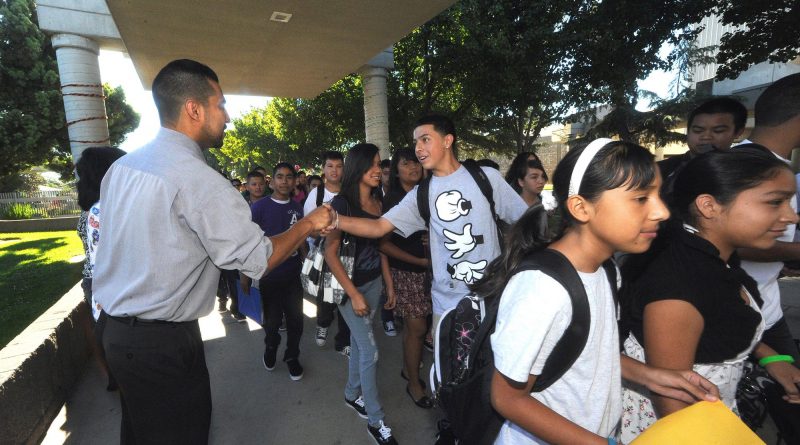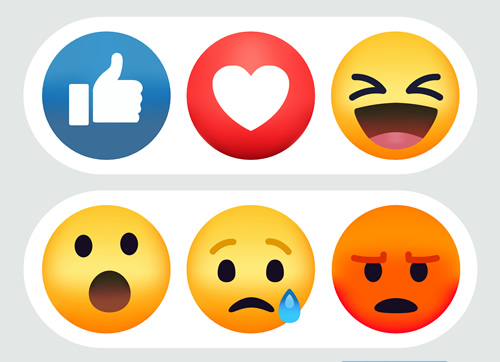4 Proactive Steps to Avoid Misbehavior From the First Day of Class On
Carefully working on relationship building right from the start of the school year can help teachers avoid discipline issues.
Last year, classroom teachers had to manage some of the worst disciplinary issues of our careers. While learning loss was a documented result of distance and hybrid learning, what was less expected was the loss of classroom maturing that takes place throughout a student’s school year. And any classroom teacher will tell you that the first few months of the 2021–22 school year were some of the toughest ever.
But we learned a few things. Through necessity, we reinvested in classroom management best practices in order to wrest our classrooms back from students who returned to school with, shall we say, an overabundance of unbridled exuberance. Now we realize these practices are foundational realities in making professionally personal connections with students and understand the importance of implementing them from the first day of school.
4 Proactive Ways to Prevent Discipline Issues
1. Have a seating chart on day one. You may not know their personalities or abilities yet, but make the seating chart anyway. Avoid organizing students by standardized test scores or in some other skill-based fashion that ensures a bluebird is seated with a group. They will see right through it on the first day. They’ve been through this before.
There are many ways to begin with a randomized seating chart. You could even make it fun. As they walk in, hand them a card with a question on it, and tell them their desk is the one with the right answer on it.
Another option would be to tell them they have to put themselves in alphabetical order. This way they begin to learn a few names as they figure out where they belong.
These methods may not successfully separate chatty friends, but remember, seating assignment adjustments can be made throughout the year and should, offering students the added benefit of getting to know one another. This will begin the path of letting students know that you know what you’re about and that you’re in charge.
2. Learn their names. Fast. When students know that you know who they are, they’re less likely to bring attention to themselves with poor behavior. And it will help you be more effective and efficient when needing to get a student’s attention. Knowing students’ names will have the added benefit of letting them know you care enough about them to learn their names right away. Most of us don’t like to cause problems for people who we think like us. And this goes for students, too.
To get the names mostly down, play a name game. Have the students stand in a circle. The student to your immediate left says their name and, to make it a little more interesting, answers a low-risk question such as, “What is your favorite animal?” Then student 2 (to the left of student 1) must repeat student 1’s name (the animal is just for fun) and say their own name and animal.
This continues around the room with each subsequent student having to remember the names of all the preceding students. Eventually it gets all the way around to the last person. By then you’ve heard almost all of the names multiple times. And guess who gets to go last and name all of the students? That’s right! It’s your turn, and if you’ve been paying attention, you will have learned all of their names the very first day of school.
3. Get to know their essential selves. There are myriad ways to find out what personal interests students have or what they feel is important in their lives, and I like to use a fairly straightforward approach that’s nonthreatening. On the first day, I will ask students to share with me, in writing, five things they think I should know about them.
Sometimes I will make it a writing assignment, but if it’s a lower-skilled class that may have trouble with the rigor of writing complete responses, I will ask them to make a private Flipgrid recording to tell me about themselves. The writing task they can do in class, but if it’s a video recording, I ask them to take it home and do it in private. I don’t share these with other students. This isn’t a writing or communication skills assessment. It’s me getting to know my students.
Over the years I’ve found that most kids like writing about themselves, and those who don’t like writing like talking about themselves. I learn more about them this way than I would ever learn during a grammar lesson. I almost always smile when I ask how their piano recital went or if they had fun snowboarding last weekend.
4. Greet them at the door. Now that you’ve learned their names by the end of the first day, it’s time to greet them with their name when they enter the room on day two. Forgot one? Ask them right away, and then say their name three times, “Thanks for telling me your name again, Eric. Go ahead and have a seat, Eric. I hope you have a great day today, Eric.” Eric will think you’re a little odd, but you’ll remember his name going forward. It’s the greeting part that’s essential. It shows students that you’re glad they’re here, and it’s human nature to avoid being disagreeable with someone who appreciates you.
Distance learning made it hard for teachers to connect with kids in the ways we would like, and we had to learn how to manage a whole slew of new disciplinary issues under Covid restrictions. Hopefully, this coming year we can return to the basics of proactive classroom management to create a much smoother, more normal fall.
Source: https://www.edutopia.org/article/4-proactive-steps-avoid-misbehavior-first-day-class




